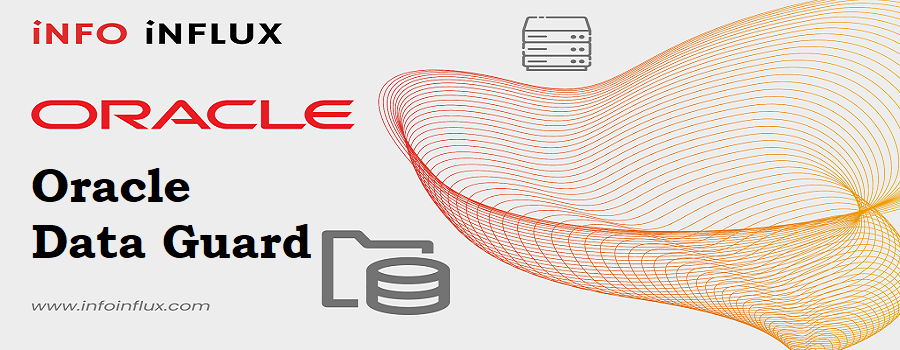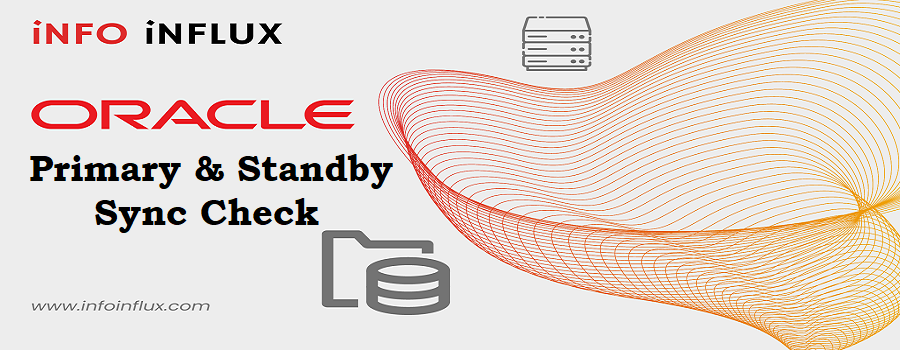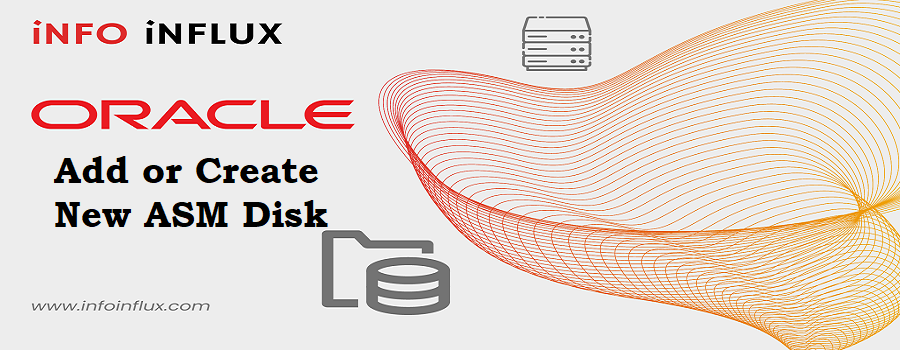
Introduction
Oracle, one of the world’s leading database management systems, serves as the backbone of countless enterprise applications and systems. With its robust architecture, oracle helps organizations to handle massive amounts of data while ensuring data security, integrity, and availability. In this blog, we will embark on a journey to explore the intricate details of Oracle’s architecture, shedding light on its components, processes, and inner workings.
1. Overview of Oracle Architecture
Oracle’s architecture is designed to be scalable, flexible, and reliable. It follows a multi-tiered architecture that divides its components into the following layers:
a. Client Tier:
- The client tier consists of end-user applications or middle-tier servers that interact with the Oracle database.
- Users can access the database through SQL*Plus, Oracle Forms, Java applications, or any other programming interface.
b. Middle Tier:
- The middle tier acts as an intermediary between the client tier and the database tier.
- It comprises application servers, such as Oracle WebLogic Server, that run application logic and process user requests.
- Middleware technologies like Oracle Fusion Middleware provide additional services like identity management and business process management.
c. Database Tier:
- The database tier is where the actual Oracle Database resides, managing data storage, retrieval, and processing.
- It includes data files, control files, redo logs, and other critical database components.
2. Oracle Database Processes
Oracle relies on several background processes to ensure smooth functioning and data integrity. Some essential processes include:
a. Database Writer (DBWn):
- Responsible for writing modified database blocks from the buffer cache to data files on disk.
- Helps reduce the number of disk I/O operations and maintain data consistency.
b. System Monitor Process (SMON):
- Performs crash recovery and instance recovery after a database failure.
- Cleans up temporary segments and frees resources held by terminated transactions.
c. Process Monitor Process (PMON):
- Monitors and manages user processes, cleaning up resources after a user process terminates abnormally.
- Performs process recovery in case of a process failure.
d. Checkpoint Process (CKPT):
- Updates the checkpoint information in the control file, facilitating faster database recovery.
- Ensures that all committed data is written to the data files regularly.
3. Oracle Memory Structures
Oracle utilizes different memory structures to enhance database performance:
a. System Global Area (SGA):
- SGA is a shared memory region that stores data and control information.
- It consists of the buffer cache, shared pool, and other components.
- The buffer cache holds data blocks, reducing disk I/O by caching frequently accessed data.
- The shared pool stores shared SQL areas and data dictionary cache for efficient query execution.
b. Program Global Area (PGA):
- PGA is a private memory area for each Oracle background and server process.
- It stores session-specific data, such as sort areas and cursor information.
4. Data Files and Redo Logs
a. Data Files:
- The Data files store the actual data of the Oracle database, such as tables, indexes, and clusters.
- They are organized into tablespaces, which group related data together for easier management.
b. Redo Logs:
- The Redo logs record all changes made to the database to facilitate recovery in case of a failure.
- The LGWR (Log Writer) process writes the redo information to the redo logs.
Conclusion
Oracle architecture is a testament to its position as a prominent player in the database management system realm. With a robust multi-tiered structure, efficient background processes, and intelligent memory management, Oracle ensures optimal performance, data integrity, and availability for enterprise-scale applications. This blog only scratches the surface of Oracle’s architecture, and further exploration would unveil even more captivating features that underpin this database system.




Pingback: Oracle Database Shutdown Modes - Info Influx
Pingback: TableSpace Management In Oracle - Info Influx